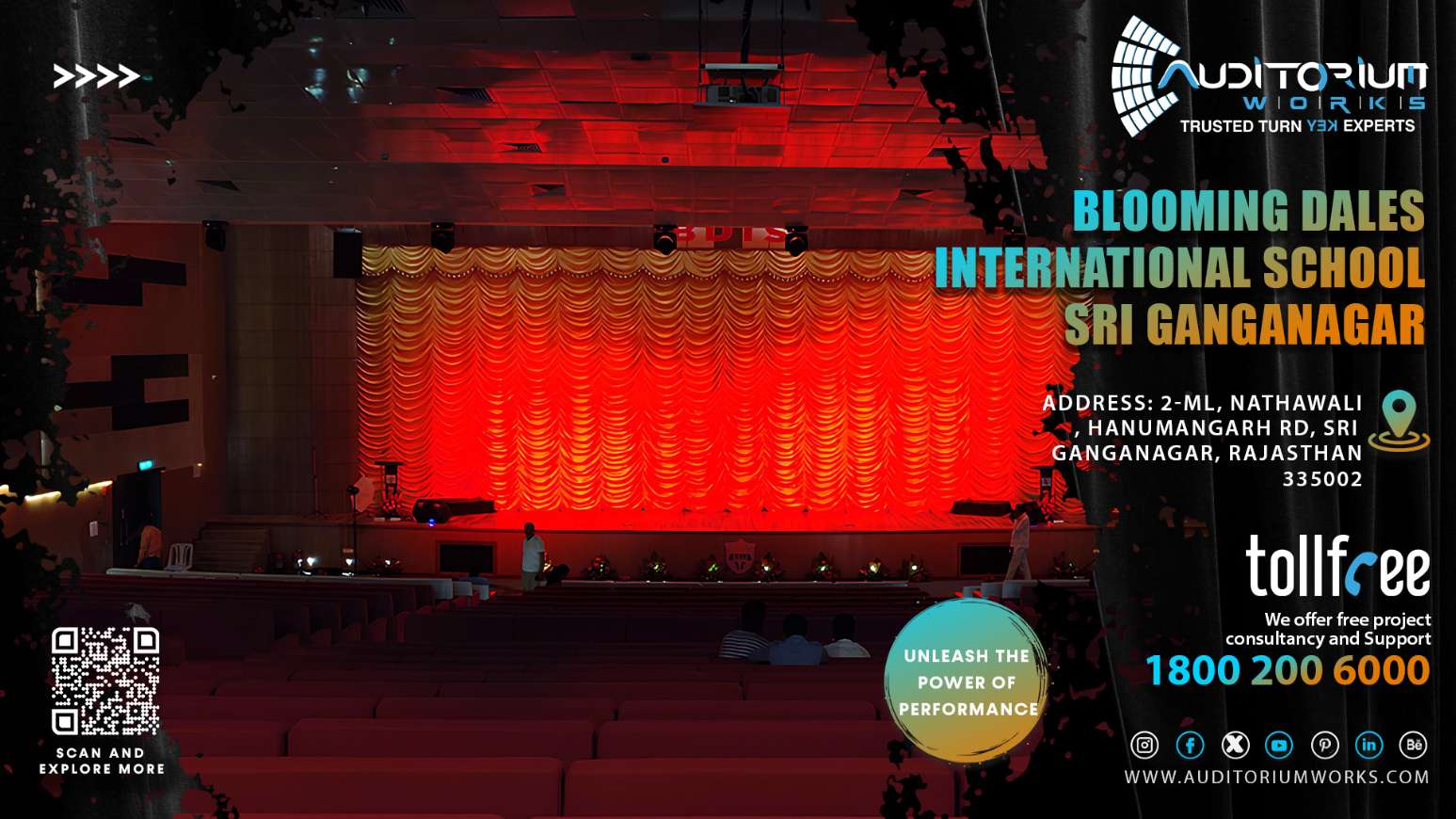Beyond the Basics: Exploring Innovative Auditorium Materials
Acoustic Paneling: More Than Just Absorption
Auditorium acoustics are paramount. While traditional absorption panels are essential, innovative materials are pushing the boundaries of sound control. Consider micro-perforated wood panels with variable absorption characteristics. These allow for tuning acoustics based on occupancy and performance type. Another promising area is bio-based acoustic panels made from recycled agricultural waste. They offer excellent performance with a reduced environmental footprint.
Seating Fabric: Durability Meets Design
Auditorium seating endures heavy use. New fabric technologies provide enhanced durability, stain resistance, and antimicrobial properties. Think beyond basic textiles. Self-healing fabrics can repair minor tears, extending the lifespan of seating. 3D woven fabrics offer complex textures and patterns, adding visual interest without compromising comfort or acoustic performance.
Flooring Solutions: Managing Sound and Traffic
The auditorium floor impacts both acoustics and circulation. Traditional carpeting absorbs sound but can be difficult to maintain. Alternatives include engineered wood floors with integrated acoustic underlays, providing a warm aesthetic with controlled reverberation. Resilient flooring options with high-density cores reduce impact noise from foot traffic, crucial during performances.
Lighting Fixtures: Integration and Energy Efficiency
Modern lighting systems are about more than just illumination. Integrated LED lighting embedded within wall panels or ceiling structures creates seamless and adaptable lighting schemes. Dynamic lighting systems that respond to sound or movement can enhance the audience experience. Prioritizing energy-efficient fixtures minimizes operational costs and contributes to sustainability goals.
Stage Construction: Lightweight Strength
Stage design demands a balance of strength and flexibility. Lightweight composite materials, like carbon fiber reinforced polymers, allow for the construction of large-span stages with minimal support structures. Modular stage systems offer adaptability, allowing for quick configuration changes based on performance requirements. Sustainable lumber options, certified by organizations like the Forest Stewardship Council (FSC), minimize the environmental impact of stage construction.
Wall Finishes: Texture and Resonance
Auditorium walls offer opportunities for both visual impact and acoustic control. Textured plaster finishes can diffuse sound while adding depth and character. Custom-designed resin panels with embedded materials, like recycled glass or metal filings, create unique visual effects. Consider integrating sound-diffusing elements directly into the wall finish, eliminating the need for separate acoustic treatments.
Sustainability Considerations: Building for the Future
Sustainable material choices are no longer optional; they are essential. Prioritize materials with recycled content, low VOC emissions, and responsible sourcing practices. Consider the entire lifecycle of the materials, from production to disposal. By embracing sustainable practices, auditoriums can minimize their environmental impact and provide a healthy environment for performers and audiences alike.
The Importance of Expert Consultation
Selecting the right materials for an auditorium requires careful consideration of acoustics, aesthetics, durability, and sustainability. Consulting with experienced auditorium design professionals is crucial to ensuring that the chosen materials meet the specific needs of the space and create an optimal environment for performance and enjoyment.



